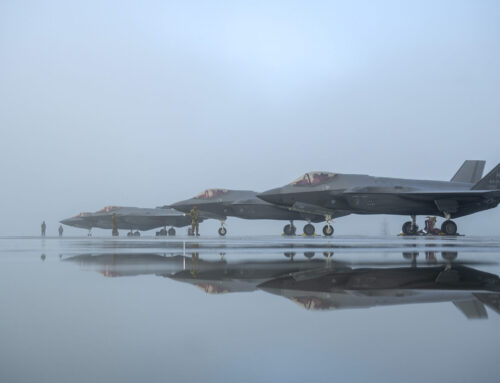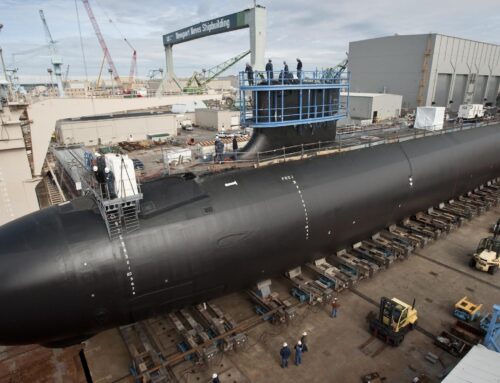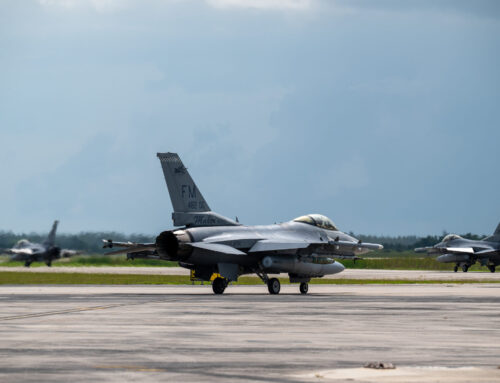The Virginia-class attack submarine Minnesota (SSN 783) is under construction at Huntington Ingalls Newport News Shipbuilding. (U.S. Navy photo courtesy of Newport News Shipbuilding/Released)
WASHINGTON — Lawmakers hoping to authorize a second Virginia-class submarine in fiscal 2025 could throw a wrench into the development of the Navy’s sixth-generation fighter, potentially delaying the fielding of the new aircraft, Defense Secretary Lloyd Austin said in a Sept. 26 letter to lawmakers.
The letter, addressed to the leaders of the armed services committees, lays out a laundry list of provisions contained in the House and Senate versions of the National Defense Authorization Act that the Pentagon opposes, including the addition of funding for construction of a second Virginia-class attack submarine.
“Adding a second submarine would require the Department to reduce the Next Generation Fighter program by $400 million, making the fighter program unexecutable and degrading the Navy’s ability to field next generation aircraft capabilities required in the 2033 to 2037 timeframe,” Austin said in the letter.
The House, which passed its version of the NDAA in June, authorized $1 billion for a second submarine, while the Senate Armed Services Committee approved $400 million in incremental funding to build a second sub.
Austin noted that the department opposes both pathways for providing additional money for the program, stating that industry would not be able to produce a second submarine “on a reasonable schedule,” and urging lawmakers instead to stick to the budget plan laid out by the Navy, which called for only one Virginia-class sub.
The decision on whether to obligate additional money for a second submarine ultimately rests with congressional appropriators, who have been more hesitant to put forward the necessary funds. The House’s defense appropriations bill kept funding for the Virginia-class submarine at the levels requested by the Navy, while the Senate Appropriations Committee added $357 million to begin purchasing materials for a second shipset. (Austin’s letter did not touch on the appropriations bills.)
The Navy’s sixth-generation program — also called F/A-XX or Next Generation Air Dominance — has already been subject to budget cuts in FY25, with the service delaying about $1 billion in funding previously anticipated for the program this fiscal year due to fiscal constraints and competing readiness needs.
Asked whether the Navy could slow down its F/A-XX program even further — following in the steps of the Air Force, which has paused its own future fighter effort — Chief of Naval Operations Adm. Lisa Franchetti said the service remains in source selection for the program, with three companies competing for the contract.
“With F/A-XX, you know, we’re focused on that being our replacement for F/A-18 and the Growlers in the 2030s timeframe,” she said during a Defense Writers Group roundtable this morning. “We expect that sixth generation platform to … have advanced sensor[s], advanced lethality, advanced range, and being able to integrate with manned and unmanned capabilities together.”
Franchetti added that the Navy has been learning from the Air Force’s own work on its fighter program, with the hope of ensuring new capabilities are complimentary to each other.
Justin Katz in Washington contributed to this report.











